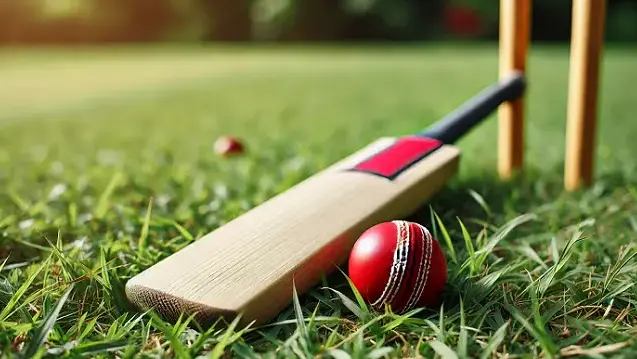Cricket, a game relying solely on the judgment of umpires, has opened its doors to technology to keep fairness and accuracy. While the Decision Review System (DRS) is the most promising technological assistance, there are several other aids and systems that assist match officials, players, and commentators in maintaining the integrity of the game.

Decision Review System (DRS) is a technology-based system used in the sport of cricket to assist on-field umpires in making the right decisions. Introduced with the objective of minimizing human mistakes, DRS allows players to appeal against an umpire's decision, which is then evaluated through various tools of technology.
In 2008, the system was first tested but in 2011 officially introduced by the International Cricket Council (ICC). It has been an essential part of international cricket ever since, being used in Test matches, ODIs, and Twenty20 games.
When a batsman or fielding side believes that an on-field umpire has made a mistake in making a call (such as when giving a batsman LBW or a delivery a no-ball), the side can request a review of the decision. Below is how to do it:
1.Player Request Review: Captain on fielding side or batsman on batting side signals a "T" with both hands within 15 seconds from the time taken by the umpire in making a decision.
2.Third Umpire Review: The off-field third umpire reviews the decision based on technology available to him (Hawkeye, Ultra-Edge, etc.).
3.Umpire's Call: If technology is not supplying enough evidence for a reversal, the on-field umpire's original call remains.
4.Final Decision: The decision is communicated to the on-field umpire by the third umpire, and he makes the announcement.
There are several high-tech technologies used in DRS for precision:
1.Hawk-Eye (Ball Tracking): This one predicts the trajectory of the ball after pitching. It is mainly used for LBW (Leg Before Wicket) decisions and indicates if the ball would have hit the stumps or not if the leg wasn’t in the way.
2.Ultra-Edge (Snicko-meter): Edges are identified by sound and infrared technology. It helps to decide if the ball had come in contact with the bat or pad.
3.Hot Spot: Applies heat images to explain ball contact with bat or pad. It is less used today due to costs.
4.Real-Time Snicko (RTS): Sophisticated version of Heat-to-Sight with synchronized audio and visual feedback.
5.Ball Spin & Speed Analysis: Measures ball spin and speed to calculate bowler's impact on LBW appeals.
The ICC has implemented some standards for the use of DRS:
1.Number of Reviews permissible per Team: In Test matches, 2 failed reviews per innings per team. While in ODIs & T20Is, 1 failed review per innings per team. Where there is a successful review, the team is permitted to retain it.
2.Time Limit for a Review: The teams must make a request for a review within 15 seconds of the umpire's signal.
3.Umpire's Call: If Hawk-Eye shows the ball striking the stumps (but the on-field umpire had given "not out"), the decision is still "umpire's call," and the team does not lose a review.
4.No Reviews for Certain Decisions: No review can be asked for wide deliveries, no-balls (except for dismissals), or runs.
DRS has proved to be game-changer in many high-stakes games:
1.2019 ICC World Cup Final (England vs New Zealand): A crucial LBW referral by England's Ben Stokes had some impact on the outcome of the match. Hawk-Eye showed that the ball would have passed the stumps, thereby saving Stokes.
2.India vs England Test Series 2021: Quite a few borderline LBW calls were overturned employing DRS, proving its prominence in close games.
3.Ashes 2023 (Australia vs England): Jonny Bairstow's disputed stumping appeal sparked debate, but DRS confirmed the dismissal was valid.